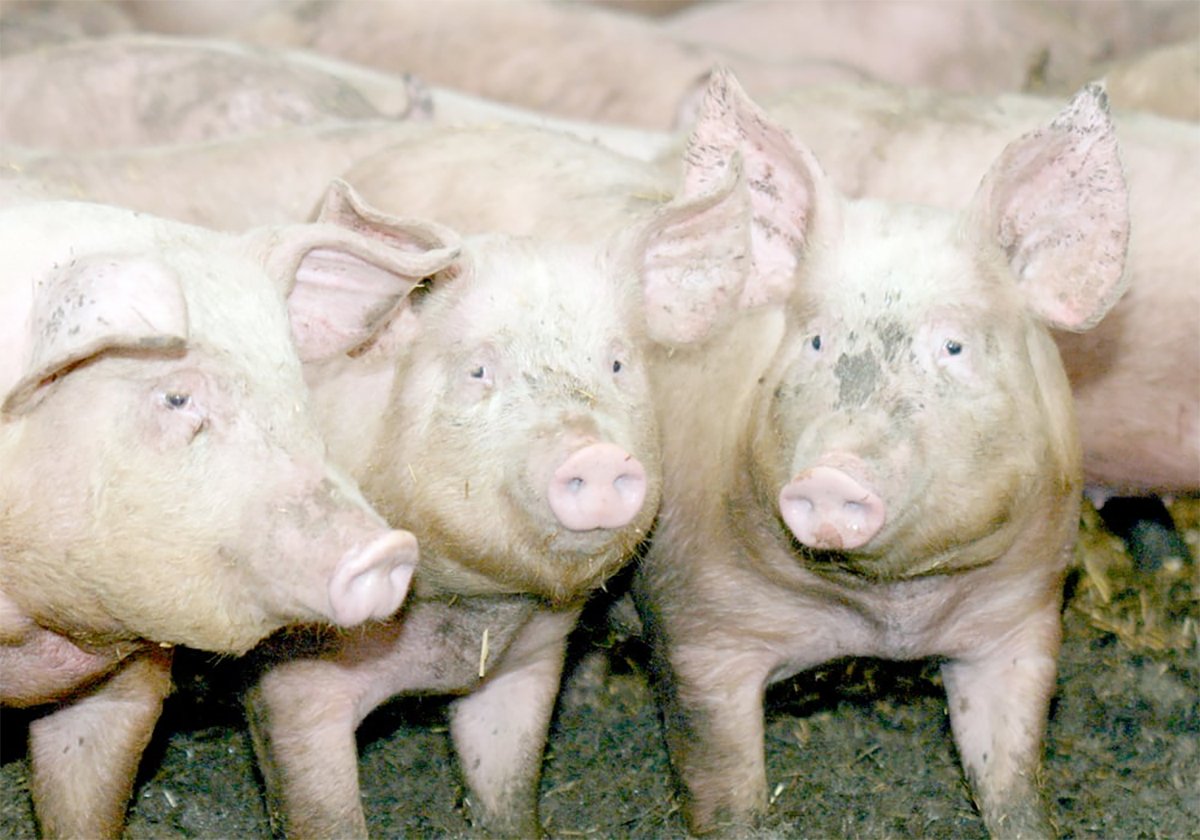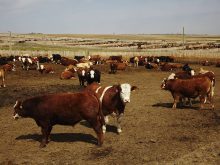Western Producer Calgary reporter Barbara Duckworth attended an invasive plants conference in Calgary and filed these reports.
While people debate weed control, the plants are growing out of control.
“Weeds won’t wait,” said an American invasive plants specialist.
“They won’t wait for us to get organized,” said Randy Westbrooks of the United States Geological Survey. He spoke at an invasive plants conference in Calgary Oct. 2-3, where the problem of alien species, biological controls and public responsibility were discussed.
Biological pollution is serious and a national plan is needed to eradicate the species that don’t belong, said speakers. These alien species of plants, animals and micro-organisms were introduced by humans outside their natural past or present distribution.
Read Also

The Western Producer Livestock Report – November 13, 2025
Western Producer Livestock Report for November 13, 2025. See U.S. & Canadian hog prices, Canadian bison & lamb market data and sales insights.
They are harmful to the environment because they have no natural predators and they threaten native species by taking over habitat.
While the Americans are forming a national program to control such invasions, Canada is still debating the best approach.
Canada appears to be tangled up in a jurisdiction question. The provinces handle weed control through such legislation as noxious weeds acts, and municipalities handle control.
However, there is no overarching approach and many departments are involved, from agriculture to aboriginal affairs to transportation. No one department has risen to the challenge and taken over.
“Co-ordination seems to be a major challenge,” said Mark Hovorka, scientific adviser to the Canadian Wildlife Service and part of the group looking at a national weed control plan.
“There is a federal sense we should do more.”
A Canadian biodiversity strategy developed in 1995 involved 17 federal departments and all the provinces and territories.
Hovorka said the federal investment is not adequate and national inaction is leading to biodiversity loss as native species lose ground to the invaders.
Canada has made little progress in controlling these invasive species even though environmental audits have told the government a national plan is needed.
Federal, provincial and territorial ministers have approved a discussion document. A more detailed version is expected in the fall of 2004 that should generate some action. The document should detail how these species arrive and spread, as well as what available control programs have succeeded. A national weed survey is also recommended. Also, a strategy of prevention, early detection, rapid response, eradication, containment and control for all invasive viruses, plant, animal and aquatic species is required.
This could include problems such as the West Nile virus.
Hovorka said there is a lack of understanding within government agencies and departments about what is being done, what legislation is in place and what is available for control.
Governments realize the invasive species problem could grow as people become more mobile.
“This is a trend that is likely to continue as we liberalize trade, especially with countries like China,” he said.















